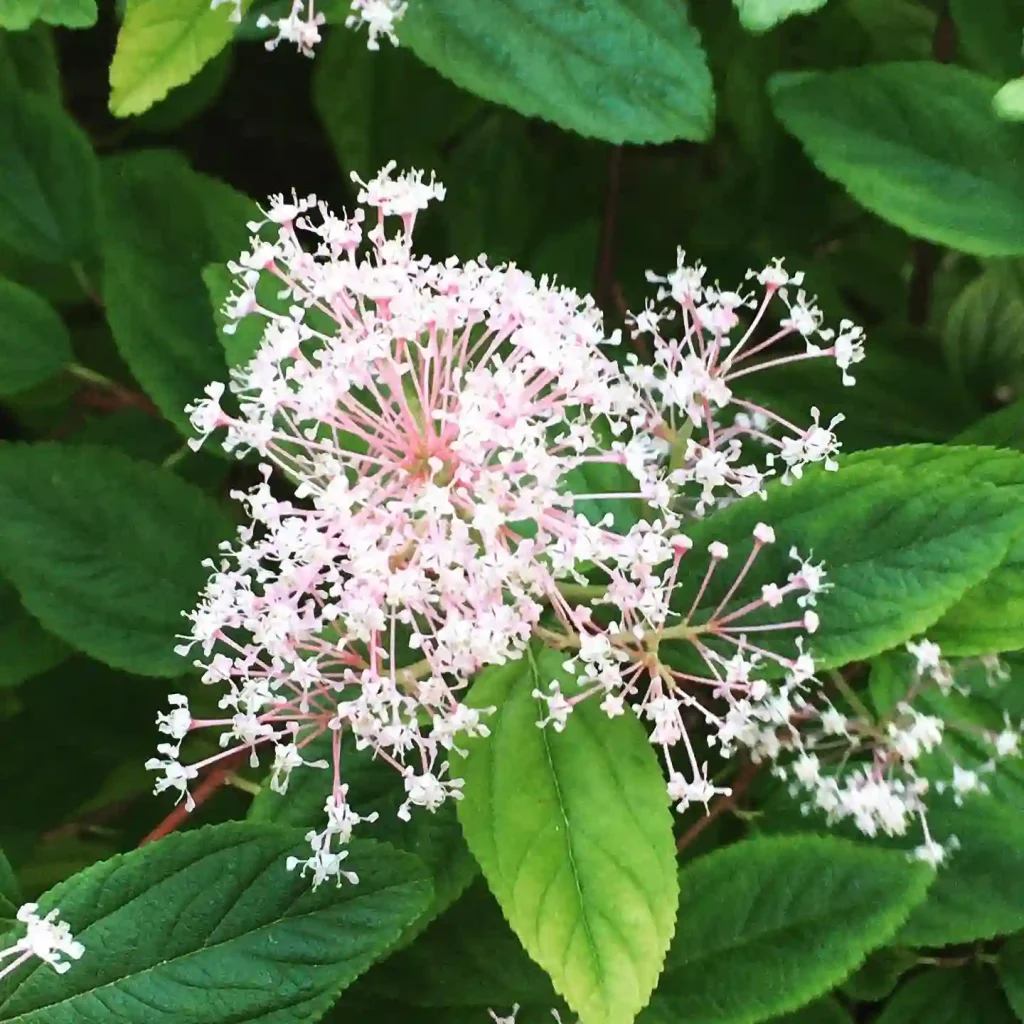The Allure of the Fuchsia Gartenmeister: A Gardener’s Guide
There’s a certain magic to the Fuchsia Gartenmeister. Unlike its more delicate cousins, this vibrant fuchsia boasts a surprising tolerance for heat and sun, making it a standout in my garden. Its cascading blooms and bronze-tinged foliage add a touch of the exotic, and the constant murmur of hummingbirds flitting between its flowers is a daily delight.
Over the years, I’ve cultivated a deep appreciation for this unique fuchsia and have learned the secrets to keeping it thriving. If you’re looking to add a touch of fiery elegance to your own garden, then this guide is for you.
110 Species in Genus Fuchsia
How to Grow Fuchsia Gartenmeister?
Planting a Fuchsia Gartenmeister is a straightforward process. Here’s what you need to know:
- Light: While it tolerates more sun than other fuchsias, aim for partial shade. Avoid harsh afternoon sun, especially in hotter climates.
- Soil: Well-drained, moist but not soggy, potting mix is ideal.
- Planting: Choose a pot with good drainage holes. Gently amend the potting mix with some compost for added nutrients. Plant your Fuchsia Gartenmeister at the same depth it was in its original container. Water thoroughly after planting.
How to Care for Fuchsia Gartenmeister?
Once planted, caring for your Fuchsia Gartenmeister is relatively simple:
- Watering: Water regularly, especially during hot weather. Aim for the soil to be consistently moist but not waterlogged.
- Fertilizing: Feed your Fuchsia Gartenmeister with a balanced liquid fertilizer every two weeks during the growing season. Stop fertilizing in late summer to encourage fall blooming.
- Deadheading: Regularly remove spent blooms to promote continuous flowering.
How to Propagate Fuchsia Gartenmeister?
The beauty of the Fuchsia Gartenmeister is that it can be easily propagated from stem cuttings. Here’s how:
- In late spring or early summer, take stem cuttings about 4-6 inches long. Make sure each cutting has at least two or three nodes.
- Remove the lower leaves from the cutting, leaving a few nodes exposed.
- Dip the cut end of the stem in rooting hormone (optional but helpful).
- Plant the cutting in a pot filled with moist potting mix. Cover the pot with a clear plastic bag to create a humid environment.
- Place the pot in a warm, well-lit location (indirect sunlight).
- Keep the soil moist and mist the cuttings regularly. After a few weeks, roots should begin to develop.
- Once the roots are established, gradually remove the plastic bag and harden off the cuttings before transplanting them into their permanent pots.
How to Prune Gartenmeister Fuchsia?
Pruning your Fuchsia Gartenmeister is essential for maintaining its shape and encouraging bushier growth. Here are some tips:
- Prune lightly throughout the growing season to remove any dead, diseased, or overcrowded branches.
- For a more dramatic effect, you can give your Fuchsia Gartenmeister a more formal shape in late winter or early spring before new growth begins.
Is Fuchsia Gartenmeister Perennial?
Technically, the Fuchsia Gartenmeister isn’t truly perennial in colder climates (zones below 9). However, with proper care, it can be grown as an annual, bringing vibrant color to your garden throughout the summer and fall. In warmer climates (zones 9-11), it can potentially survive the winter with proper protection from frost.
Where to Buy Fuchsia Gartenmeister?
Fuchsia Gartenmeister is a popular variety and can be readily found at most garden centers and online nurseries. Look for healthy plants with vibrant foliage and plenty of flower buds.
Will Fuchsia Gartenmeister Grow in Wet Locations?
While Fuchsia Gartenmeister enjoys consistent moisture, it doesn’t tolerate soggy soil. If your garden has poor drainage, consider planting your Fuchsia Gartenmeister in a raised bed or pot to ensure proper drainage.
Companion Planting for Fuchsia Gartenmeister
The Fuchsia Gartenmeister pairs beautifully with other shade-loving plants with contrasting foliage. Here are a few ideas:
- Ferns: Their delicate fronds provide a lovely textural contrast to the Fuchsia’s cascading blooms.
- Hostas: The cool green or variegated foliage of hostas complements the Fuchsia’s vibrant flowers.
- Impatiens: These shade-loving flowers come in a variety of colors and can help create a colorful display alongside the Fuchsia.
With a little care and attention, the Fuchsia Gartenmeister can be a stunning addition to your garden. Its unique charm, vibrant blooms, and ease of care make it a rewarding plant for gardeners of all levels. So, why not give it a try and see the magic unfold in your own backyard?
If i die, water my plants!



